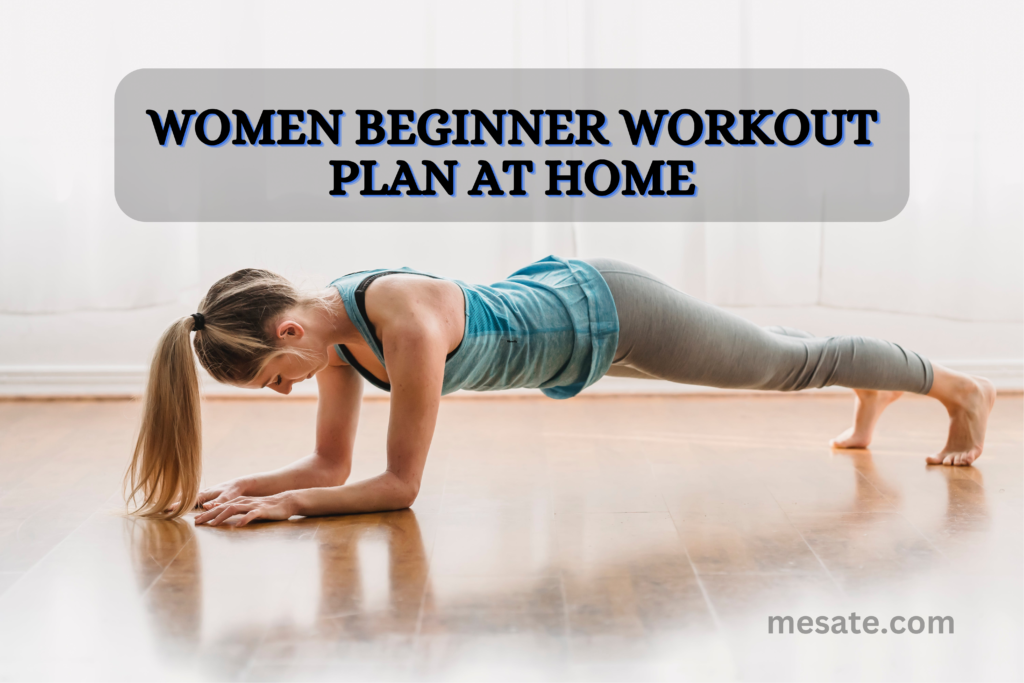Maintaining your balance isn’t just about graceful walks and avoiding spills. It’s the foundation for everyday activities, athletic prowess, and preventing falls – especially as we age.
Enter the realm of dynamic balance exercises, where movement meets stability, challenging your core, reflexes, and coordination to sculpt a steadier, stronger you.
What are Dynamic Balance Exercises?
Unlike static balance exercises that hold you in a fixed position, dynamic balance exercises involve movement, mimicking real-life situations where your center of gravity is constantly shifting. Think walking on uneven terrain, navigating crowded streets, or catching a bus – these all demand dynamic balance.
Why are Dynamic Balance Exercises Important?
The benefits of incorporating dynamic balance exercises into your routine are numerous:
- Enhanced Stability and Coordination: These exercises train your nervous system and muscles to work together seamlessly, improving your ability to react quickly and adjust your movements to maintain balance.
- Reduced Fall Risk: A major concern for older adults, falls can have devastating consequences. Dynamic balance exercises strengthen your core and lower body, improving gait and reducing the risk of stumbles.
- Improved Athletic Performance: Whether you’re a seasoned athlete or a weekend warrior, dynamic balance exercises can elevate your game. Enhanced agility, reaction time, and footwork translate to better performance in various sports.
- Boosted Confidence: Mastering your balance fosters a sense of control and confidence in your physical abilities, allowing you to tackle daily activities and new challenges with ease.
A Variety of Dynamic Balance Exercises Await
Single-Leg Stance Variations

- Basic Stance: Start with your arms at your sides and one leg lifted off the ground, knee bent, and pointed towards the floor. Hold for 30 seconds, switch legs, and repeat.
- Heel Touches: In the single-leg stance, gently tap your heel to the ground behind your standing leg, then return to the starting position. Repeat 10 times per leg.
- Circles: Extend your raised leg straight out and draw small circles in the air with your foot, switching directions after 10 circles. Repeat on the other side.
Tandem Gait
Imagine walking a tightrope! Place one foot directly in front of the other, heel-to-toe, and take small, controlled steps forward. Maintain your balance for 10-15 steps, then turn around and repeat.
Lateral Lunges
Step wide to one side, bending your knee and lowering your hips until both knees are at 90-degree angles. Push back up to standing and repeat on the other side. Aim for 10-12 lunges per side.
Heel-Toe Walk
Channel your inner runway model! Walk heel-to-toe in a straight line, focusing on placing your heel directly in front of the toes of the opposite foot. Maintain good posture and core engagement. Aim for 10-15 steps.
Balance Board Bliss
Invest in a wobbleboard or balance trainer for an extra challenge. Stand on the board and practice shifting your weight, maintaining your balance as the board tilts and wobbles. Start with small movements and gradually increase the difficulty.
Remember:
- Start slow and progress gradually: Don’t rush into advanced exercises. Begin with simpler routines and gradually increase the difficulty as you gain confidence and balance.
- Listen to your body: Stop if you feel any pain or discomfort. It’s important to exercise within your limits to avoid injury.
- Warm-up and cool down: Prepare your muscles with light cardio and dynamic stretches before your workout, and cool down with static stretches afterward.
- Make it fun!: Exercise shouldn’t be a chore. Choose activities you enjoy and incorporate them into your daily routine for long-term success.
Unlocking Advanced Dynamic Balance
Once you’ve mastered the fundamentals, explore more challenging exercises like:
- Agility ladder drills: Use an agility ladder to create footwork patterns that challenge your coordination and speed.
- Medicine ball throws: While standing on one leg, toss a medicine ball back and forth between your hands, adding an element of core engagement and dynamic balance.
- Bosu ball challenges: Perform squats, lunges, and other exercises on a Bosu ball to increase instability and work your core muscles even harder.
Remember, consistency is key! Aim for at least two to three sessions of dynamic balance exercises per week for optimal results.
Advanced Tips and Tricks for Dynamic Balance

Even after conquering the basic dynamic balance exercises, there’s always room to push your limits and sculpt an even steadier you. Here are some advanced tips and tricks to elevate your practice:
Turn Up the Intensity
- Increase reps and sets: As you get comfortable with an exercise, gradually add more repetitions and sets to each workout. Challenge yourself to go beyond your initial comfort zone.
- Shorten rest periods: Decrease the time you rest between sets to keep your heart rate elevated and your muscles challenged. Start with small reductions and adjust as needed.
- Incorporate weights: Add light weights like dumbbells or ankle weights to increase the difficulty of exercises like lunges, squats, and single-leg stances.
Embrace the Unexpected
- Close your eyes: While maintaining a safe environment, try performing some exercises with your eyes closed. This forces your body to rely on proprioception (your sense of internal body position) and improves balance further.
- Change surfaces: Challenge your stability by practicing on uneven terrains like grass, sand, or a balance beam. Just be cautious and start with low heights or inclines.
- Introduce instability: Use wobble cushions, foam pads, or Bosu balls to add unpredictability to your movements. This forces your core and stabilizing muscles to work harder to maintain balance.
Partner Up for Progress
- Mirror, mirror on the wall: Use a mirror to monitor your form and ensure proper alignment during exercises. This can help you identify and correct any imbalances or wobbly tendencies.
- Buddy up: Exercise with a partner for added motivation and support. Take turns spotting each other during challenging exercises and offer feedback on form.
- Join a class: Sign up for a fitness class focused on balance, such as yoga or Pilates. These classes offer structured routines and guidance from experienced instructors.
Fuel Your Balance Journey

- Hydration is key: Drink plenty of water before, during, and after your workouts to stay hydrated and prevent muscle fatigue, which can impact your balance.
- Nourish your body: Eat a balanced diet rich in fruits, vegetables, whole grains, and lean protein to provide your body with the nutrients it needs to perform and recover optimally.
- Mindful movement: Incorporate mindfulness or meditation practices into your routine. This can help improve your focus and body awareness, translating to better control and balance during exercises.
Remember, your dynamic balance journey is unique! Listen to your body, experiment with different exercises and techniques, and celebrate your progress along the way. With dedication and a dash of playful exploration, you’ll be conquering wobbly woes and exuding graceful stability in no time!
Beyond the Workout
Even outside your designated workout sessions, you can incorporate simple habits into your daily life to boost your balance:
- Walk mindfully: Pay attention to your foot placement and posture while walking. Avoid distractions and focus on feeling the ground beneath your feet.
- Stand tall: Practice good posture throughout the day by engaging your core muscles, keeping your shoulders back, and avoiding slouching.
- Take the stairs: Opt for the stairs instead of the elevator to engage your leg muscles and improve balance in everyday activities.
- Embrace single-leg tasks: Brush your teeth, stand on one leg while waiting in line, or do calf raises while watching TV – small, single-leg actions can make a big difference.
Resources & References
- American Council on Exercise: https://www.acefitness.org/resources/everyone/exercise-library/
- National Institute on Aging: https://www.nia.nih.gov/health/falls-and-falls-prevention
- Mayo Clinic: https://newsnetwork.mayoclinic.org/discussion/consumer-health-balance-training-easy-fun-and-important/
- HelpGuide: https://www.helpguide.org/contact-us.htm
By incorporating dynamic balance exercises into your routine, adopting mindful habits, and prioritizing a healthy lifestyle, you can cultivate an unshakeable foundation of stability and grace, ready to tackle any challenge life throws your way.
So, lace up your sneakers, embrace the wobble, and embark on your journey to becoming a master of movement!
Remember, consistency is key! Aim for at least two to three sessions of dynamic balance exercises per week for optimal results. And don’t be discouraged by occasional wobbles – that’s how you learn, grow, and ultimately, conquer your wobbly woes!
FAQs – Dynamic Balance Exercises
Dynamic balance exercises can be a fun and effective way to improve your stability, coordination, and overall fitness. But if you’re new to this type of exercise, you may have some questions. Here are 6 common FAQs about dynamic balance exercises:
What are the benefits of dynamic balance exercises?
Dynamic balance exercises offer a variety of benefits, including:
- Improved stability and coordination: These exercises help train your nervous system and muscles to work together more effectively, which can help you maintain your balance in everyday activities and prevent falls.
- Reduced fall risk: Falls are a major concern for older adults, and dynamic balance exercises can help to reduce your risk of falling by strengthening your core and lower body muscles.
- Enhanced athletic performance: Whether you’re a seasoned athlete or a weekend warrior, dynamic balance exercises can improve your agility, reaction time, and footwork, which can translate to better performance in various sports.
- Boosted confidence: Mastering your balance can give you a sense of control and confidence in your physical abilities, allowing you to tackle daily activities and new challenges with ease.
How often should I do dynamic balance exercises?
Aim for at least two to three sessions of dynamic balance exercises per week for optimal results. You can incorporate them into your regular workout routine or do them as a standalone activity. It’s important to start slowly and gradually increase the intensity and duration of your workouts as you get stronger.
What are some examples of dynamic balance exercises?
There are many different dynamic balance exercises that you can do. Here are a few examples:
- Single-leg stance: Stand on one leg for 30 seconds to a minute, then switch legs.
- Heel-toe walk: Walk heel-to-toe in a straight line, focusing on placing your heel directly in front of the toes of the opposite foot.
- Tandem gait: Place one foot directly in front of the other, heel-to-toe, and take small, controlled steps forward.
- Lateral lunges: Step wide to one side, bending your knee and lowering your hips until both knees are at 90-degree angles. Push back up to standing and repeat on the other side.
- Agility ladder drills: Use an agility ladder to create footwork patterns that challenge your coordination and speed.
Can I do dynamic balance exercises if I have injuries or balance problems?
If you have any injuries or balance problems, it’s important to talk to your doctor before starting any new exercise program. They can help you create a safe and effective workout plan that is tailored to your individual needs.
What are some tips for improving my dynamic balance?
Here are a few tips for improving your dynamic balance:
- Start slow and progress gradually.
- Listen to your body and stop if you feel any pain or discomfort.
- Warm up before your workout and cool down afterward.
- Make it fun! Choose exercises that you enjoy and incorporate them into your daily routine.


